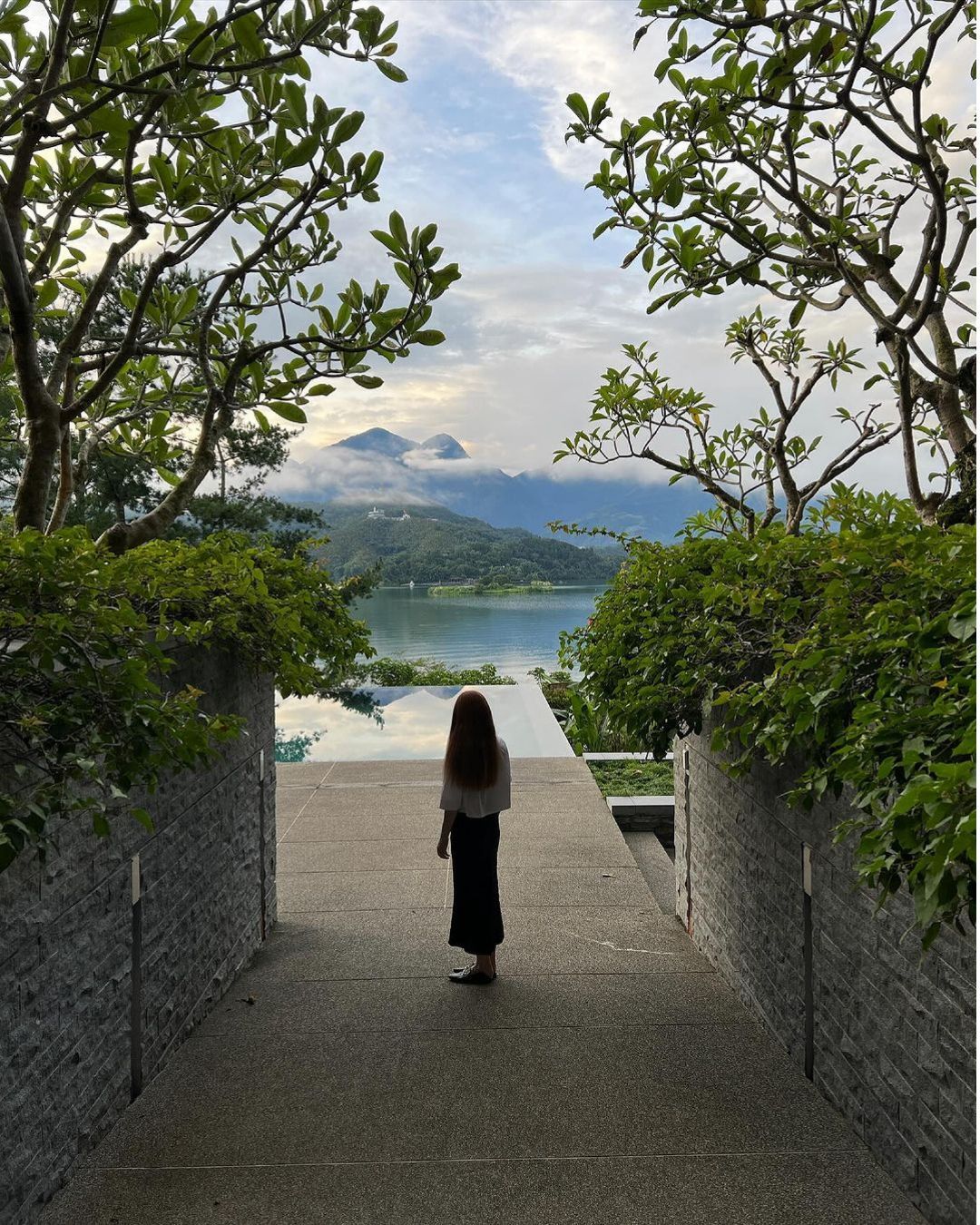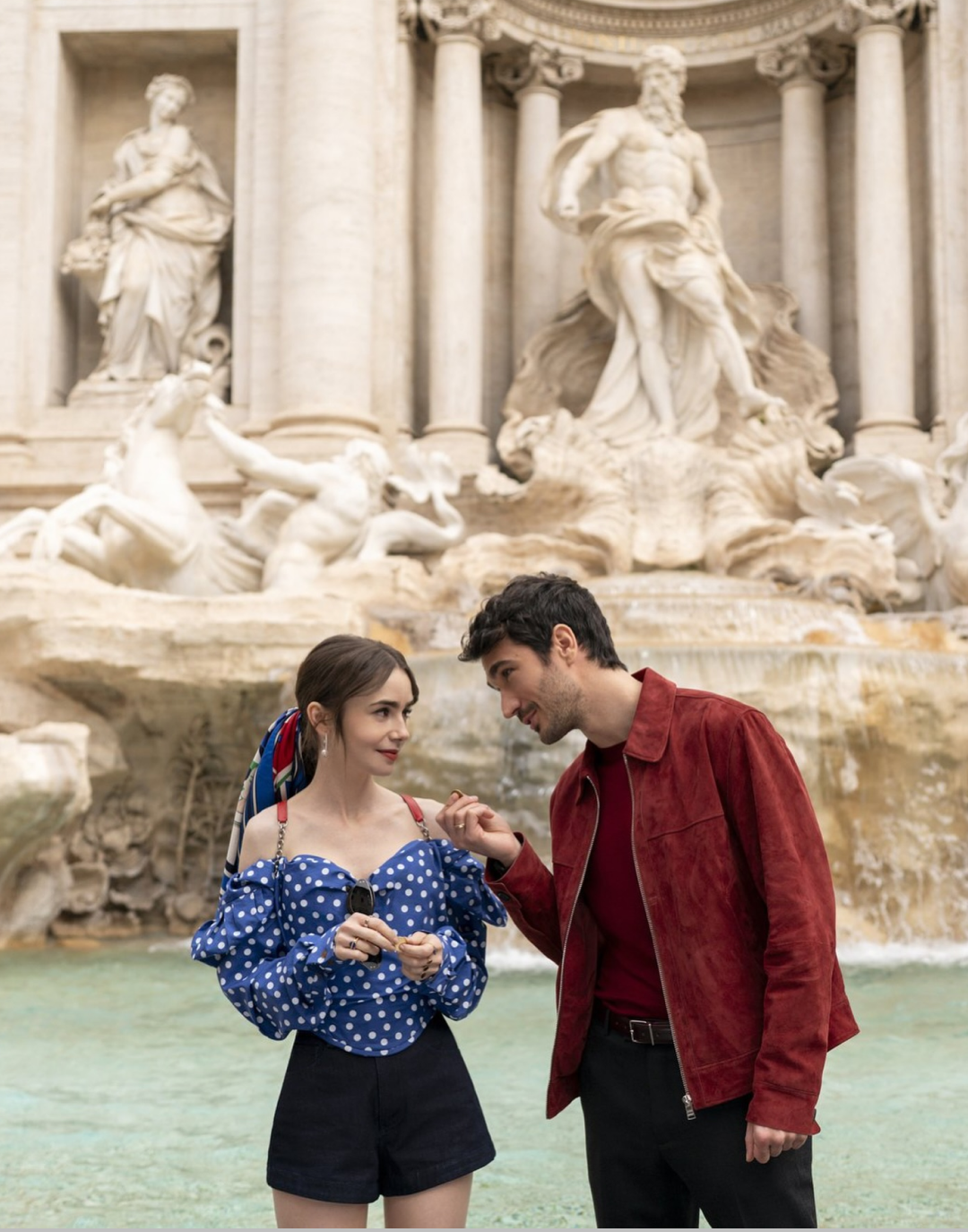
What is last-chance tourism? When the quest for wonder accelerates the disappearance of natural wonders
Last-chance tourism, a trend both fascinating and alarming, stands as one of the great contradictions of our time. In a world where the climate crisis is redefining the very contours of the planet, millions of travelers embark on a frantic race to discover natural wonders before they disappear. A phenomenon often fueled by viral images on social media, it no longer simply promotes getaways; it promises the unique experience of seeing the inaccessible, the ephemeral, what may never be seen again. Coral reefs, majestic glaciers, and primary forests, once sanctuaries of contemplation, have today become urgent destinations, almost apocalyptic. The promise is clear: an unforgettable adventure, marked by the fragile beauty of a dying nature. But behind this quest for wonder lies a dark reality—each visit, each step, pushes these ecosystems further towards extinction.
@florina_toma Imagine cruising through icebergs #Antarctica We Found Luv x Better Off Alone - DAVO
There was a time when adventure meant exploring untouched territories, far from human sight, but today, it is redefined by the contemplation of what is fading before our eyes. The Earth itself becomes an open-air museum, with exhibits on the verge of extinction. Take the example of Iceland, this Nordic gem where glaciers have become the scene of a real tourist frenzy. Once reserved for a handful of explorers, they now attract thousands of visitors each year, eager to capture the last image of a dying world. But this quest is not without danger: icy arches collapse, entire sections of glaciers break away under the feet of adventurers, turning this tourism into a potentially deadly activity. In 2021, an American tourist lost his life during the sudden collapse of an ice arch in Iceland, highlighting how this type of journey can turn into tragedy.
From ice caves to the coral formations of the Maldives, every corner of these sublime landscapes is immortalized through smartphone screens, shared in an endless loop on Instagram and TikTok. Social media plays an ambiguous role here: on the one hand, they raise awareness of the endangered beauty of these places, on the other, they fuel an insatiable thirst for discovery that only hastens their destruction. For some, these experiences even become a luxury indulgence. Last-chance tourism now carries an elitist aura, a form of ultimate exclusivity reserved for those who can afford private expeditions to these endangered places. With high-end stays, personal guides, and the promise of recounting these journeys like tales from an apocalypse, luxury is redefined. What is rare, ephemeral, and endangered suddenly gains an inestimable value, turning travel into a race against nature and time.
@fede_scuba "Paradise found in the Maldives Exploring the vibrant coral reefs and swimming alongside the colorful marine life is an experience like no other. #Maldives #underwaterlife #coralreef #snorkeling #oceanlove" #diving #underwater #scubadiving #ocean #sea #Maldives #atoll #coralreef #fish #coral #beach #water #biodiversity #nature #snorkeling #adventure #tourism #island #travel #relaxation #underwaterphotography #marinelife #blue #depth #exploration #underwateradventure #tropicalocean #divinglife original sound - maria!
And the paradox is cruel. The more we rush to admire these wonders before they vanish, the more we accelerate their disappearance. For many, the urgency is palpable: they must go where the ice is melting, where the forests are fading, before everything becomes a distant memory. The IPCC data is clear and alarming: according to their latest report, glaciers could lose up to 80% of their mass by the end of the century if greenhouse gas emissions continue at the current rate. By 2050, more than 90% of coral reefs, fragile marine ecosystems, could bleach and die, radically altering biodiversity and ocean balance. These figures are no longer mere distant projections; they impose themselves as an imminent reality, further fueling this race against time. But amid this quest, unease lingers. What do these journeys mean beyond the fleeting wonder? Are these modern adventurers, in the end, not witnesses to a society in dissonance, seeking to immortalize a beauty that dies beneath their feet? While some see in this practice a way to reconnect with nature, others discern a poignant symbol of our destructive impact.













































